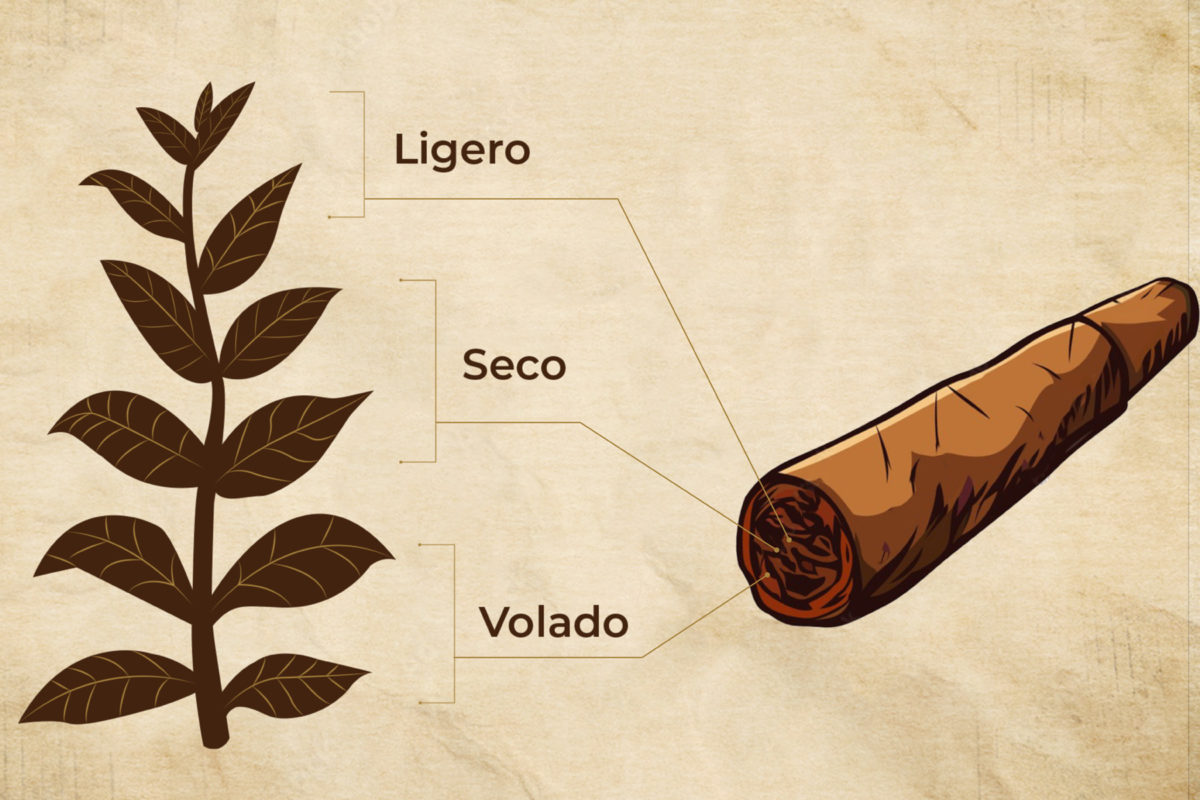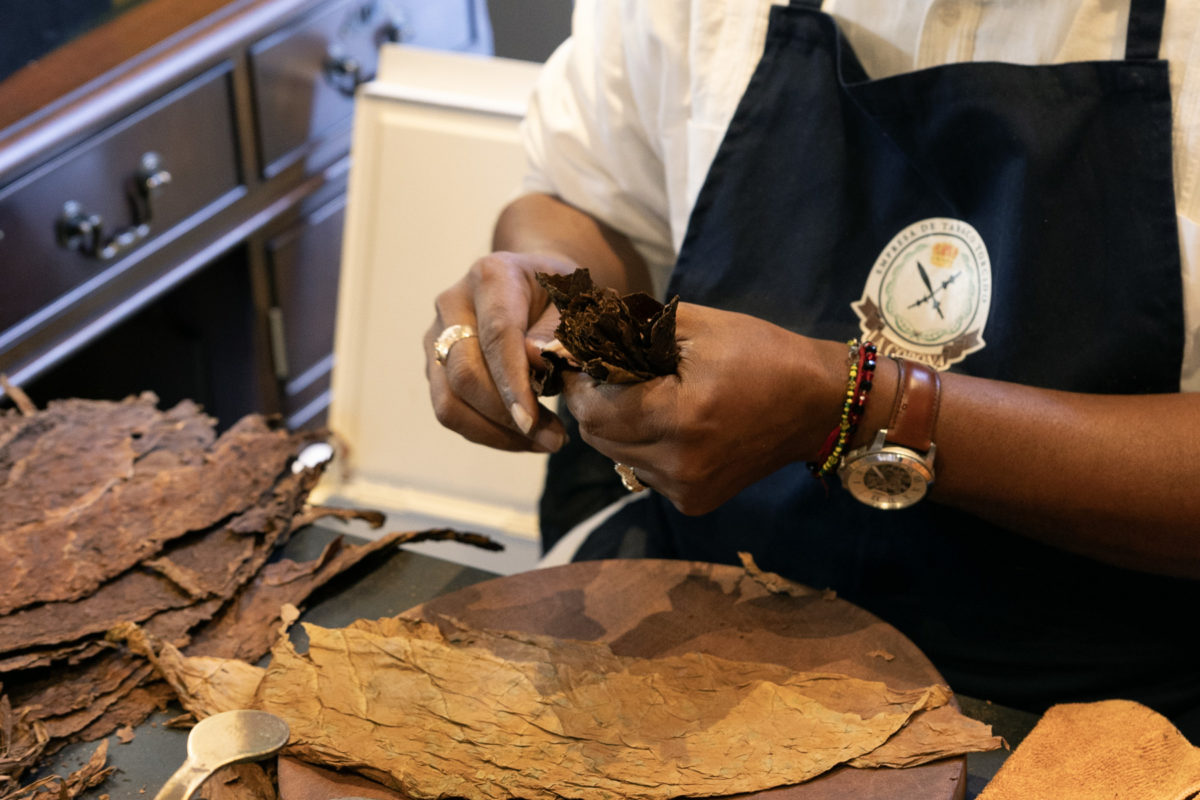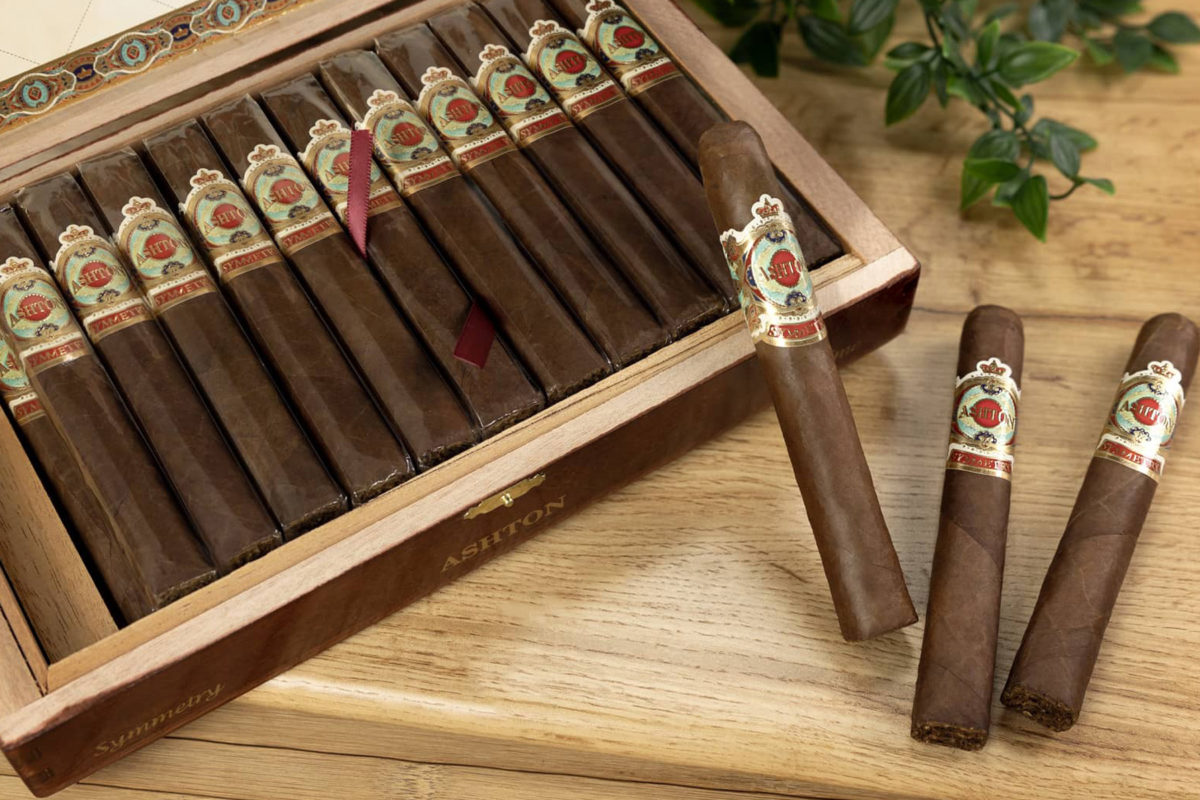Find out more about Cigar Bunching and its impact on quality. final a cigar...
The art of cigar making involves a meticulous process that combines tradition, expertise and craftsmanship. Before arriving on your retailer's shelves, a cigar passes through many hands and undergoes various stages of transformation. Cigar bunching is one of the most important of these. This method of assembling tobacco leaves is responsible for the final structure of a cigar, and influences its flavor, draw and combustion. It thus directly conditions the quality of the tasting experience. In this article, we'd like to take you on a journey of discovery into the crucial but often overlooked technique of "Cigar Bunching".
What is Cigar Bunching?
The term "Cigar Bunching" refers to theblending of different tobaccos that make up the heart of a cigar. This takes place after the leaves have been selected and before the wrapper is applied. As a general rule, the bunching involves assembling 3 different tobacco leaves, but some cigars can contain up to 5 leaves in their filler, or even more.
L'blending tobacco leaves is a crucial step in the process. in the making of a cigar since it will determine combustion and draught qualityand the final flavor rendering. However, this stage must comply with very precise blending rules in order to meet the quality requirements of top-of-the-range cigars.
The torcedor's role in leaf assembly
The "Cigar Bunching" method is generally carried out by a torcedorbut can also be entrusted to a bonchero. While the torcedor masters the entire cigar rolling process, from bunching (leaf assembly) to the wrapping (wrapping in the cape), the bonchero is solely responsible for assembling the tobacco leaves to form the tobacco product. bunch.
To make a proper "bunch", an experienced torcedor needs to do more than simply arrange the tobacco leaves into a bouquet. He must also know the features different types of tobacco and be able to combine their aromas in a harmonious way to guarantee exceptional flavor rendition. This involvesuse the right amount of tobacco, d'organize sheets appropriately and choosing the best bunching technique depending on the type of cigar required. Blending the bunch thus forms a subtle alchemy where art and science meet.

The rules of Cigar Bunching
The Cigar Bunching technique involves respect the assembly sequence precisely. This prevents the formation of irregularities during combustion, such as canoeing and excavation. A well-built tripe should therefore contain 3 types of leafare the voladothe seco and the ligeroand respect a specific layout.
The ligerowhich adds strength to the cigar, but burns poorly due to its high nicotine and sugar content, should be placed in the center of the filler, as this is where the combustion temperature is highest. The secowhich offers a wide range of aromas and is moderately combustible, should be placed in the middle, while the voladowhich has excellent combustibility but little flavor, should form the outside of the tripe.

The different methods of Cigar Bunching
Bunching techniques vary according to the cigar characteristicsof its size and manufacturer's preferences. These choices have an influence on the firmness of the draw, the quality of the burn and the way the flavors blend together during tasting. Generally speaking, there are 4 assembly methods commonly used by premium cigar makers.
The Entubado method
This assembly method is one of the most sophisticated. It involves roll each tobacco leaf individually into a tube shapethen assemble them to form the bunch. The idea is to create a more open draw by facilitating air circulation between the leaves. It also promotes uniform combustion and enablesincrease the perception of aromas and flavors.
Due to its complexity, this technique is time-consuming and therefore reserved for limited-production cigars. It can be found on exceptional cigars, such as the Cohiba Behike, Davidoff Royal Release, Fuente Fuente Opus X and Padrón Serie 1926.

The Accordion Method
As its name suggests, the "accordion" method involves fold the edges of each sheet inwardsThen place the sheets one on top of the other to form an accordion. It is easier to use than theentubado and offers a greater flexibilityThis allows it to be adapted to different cigar shapes.
This method promotes air circulation during combustion and allowsincrease the complexity of flavors.
The "Book" method
The "Book" method is quite similar to the "accordion" technique, but is more common than the latter due to its simplicity of execution. It involves superimpose tobacco leaves like the pages of a bookthen fold them over themselves to form the bunch.
This technique offers the advantage of create a solid, regular structure. It also contributes to promote uniform combustion. However, this method does not allow as much air to pass through as other techniques. bunchingwhich can result in a reduced flavor rendering and a tighter draw. In particular, it is used in the manufacture of the Ashton Symmetry.

Combining different methods
Some torcedors combine different techniques bunching in order to meet specific manufacturing criteria. For example, they can use theentubado for the bunch and theaccordion for edges. Due to their specific shape Figurados and Perfectos are usually rolled using this technique.
The main advantage of this method lies in its ability to adapt to different cigar shapes by enabling further customization from bunch. It is, however, a difficult technique to implement and is generally only practiced by the most experienced torcedors. It is found in particular on the Liga Privada No. 9 de Drew Estate.
F.A.Q
How does the "Cigar Bunching" method influence the flavor of a cigar?
The "Cigar Bunching" method can influence the way tobacco leaves interact during combustion, affecting the complexity of flavors. Proper construction allows each leaf to play its part in a cigar's aromatic profile.
Is information on the bunching methods used by manufacturers available to the public?
Details of the bunching methods used by manufacturers are not always publicly disclosed. However, some brands do communicate their manufacturing practices and may provide information on the method of bunching used.
What's the best way to "Cigar Bunch"?
There is no single "Cigar Bunching" method that prevails over another. Each method has its own advantages and influences cigar construction in different ways. Preference often depends on the manufacturer, cigar type and specific manufacturing requirements.
Is the "Cigar Bunching" method used only for premium cigars?
Although the "Cigar Bunching" method is commonly used for premium cigars, it can also be used to make "machine-made" cigars. Cigars made using this method are generally less expensive and of inferior quality to those assembled by hand.






























